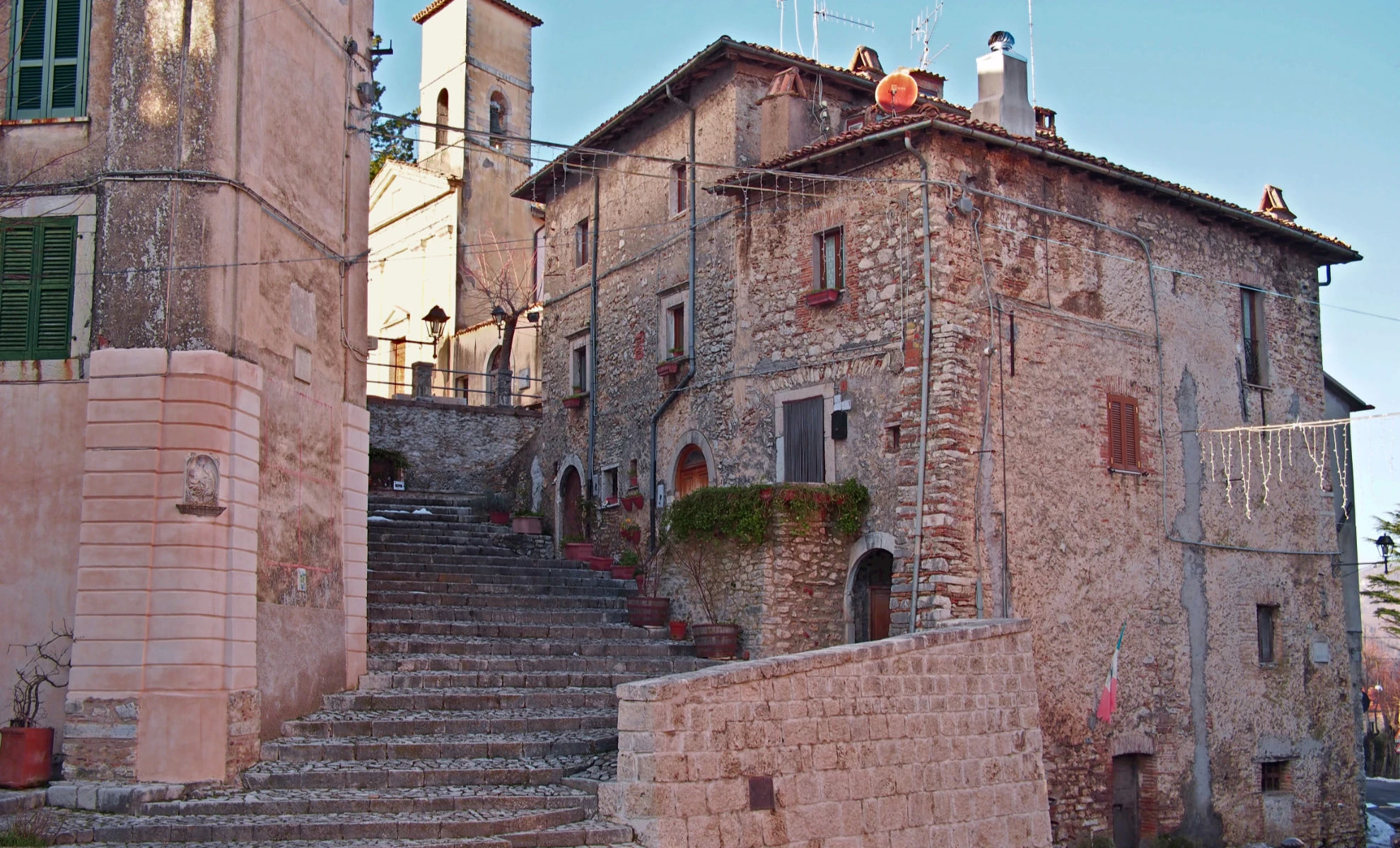You have to climb to an altitude of 840 metres, paying attention to the ice deposited at the side of the winding road, to find a bit of medieval atmosphere in Lazio, less than an hour from Rome.
Ph. Roberta Venditti
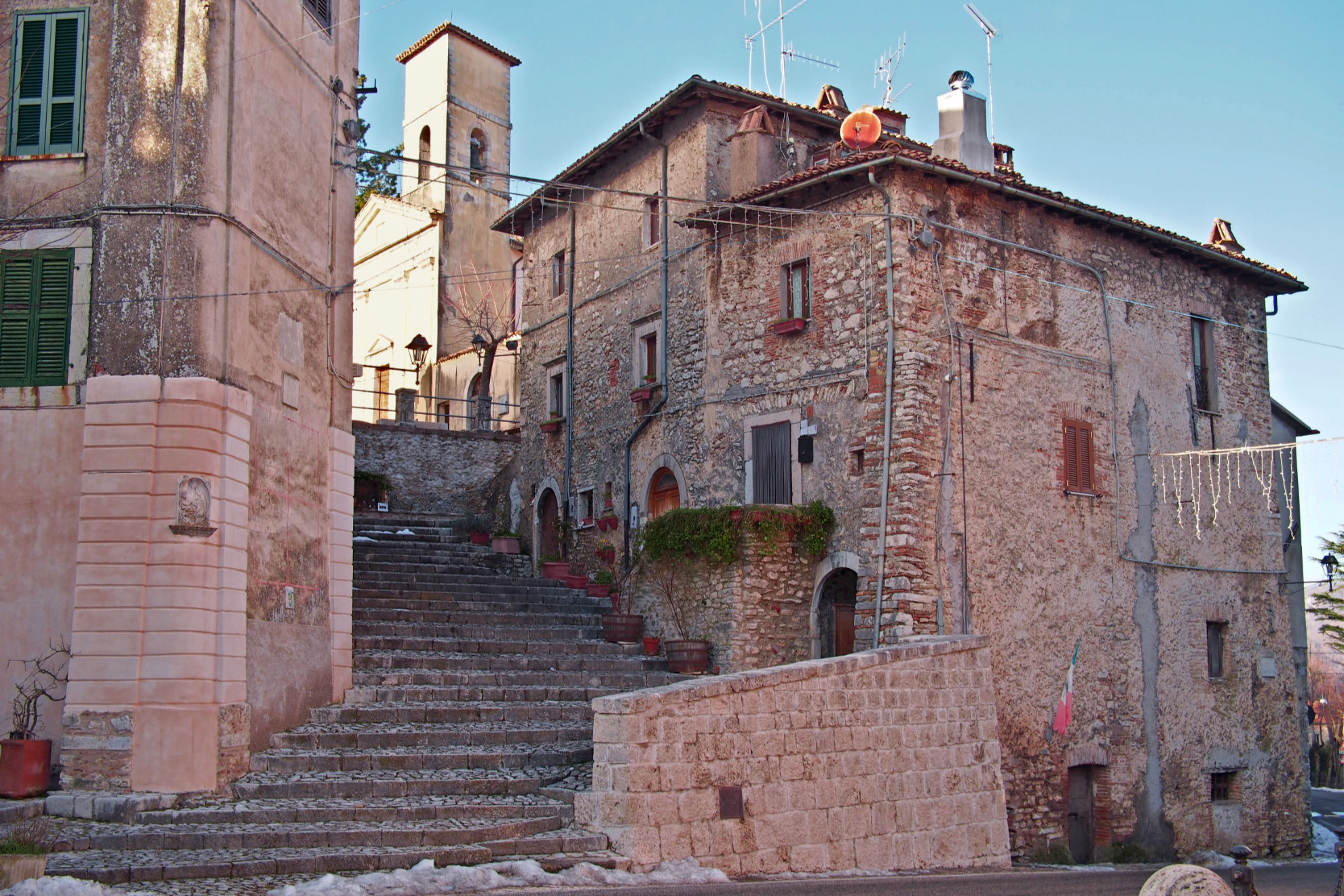
With its narrow and characteristic stone streets, the ancient arch that welcomes you into the heart of the ancient village, the houses embracing one another, as if they found comfort and warmth there on particularly cold days, the public fountains that symbolise an industrious and rich past: with such a wealth of landscape, immersed in the spectacular nature of the Lucretili Mountains Regional Park, between the Tiber and Aniene Valleys, how could Orvinio not become part of the circuit of the most beautiful villages in Italy?
Strolling through these silent streets, where the people you meet have happy faces and relaxed smiles, means not only taking a leap into the past, but giving a gift to your imagination, which is free to run, remember, imagine and dream here. This is aided, as often happens when we talk about villages in central Italy, by legends, so strong that they even take hold of history.
Ph. Roberta Venditti
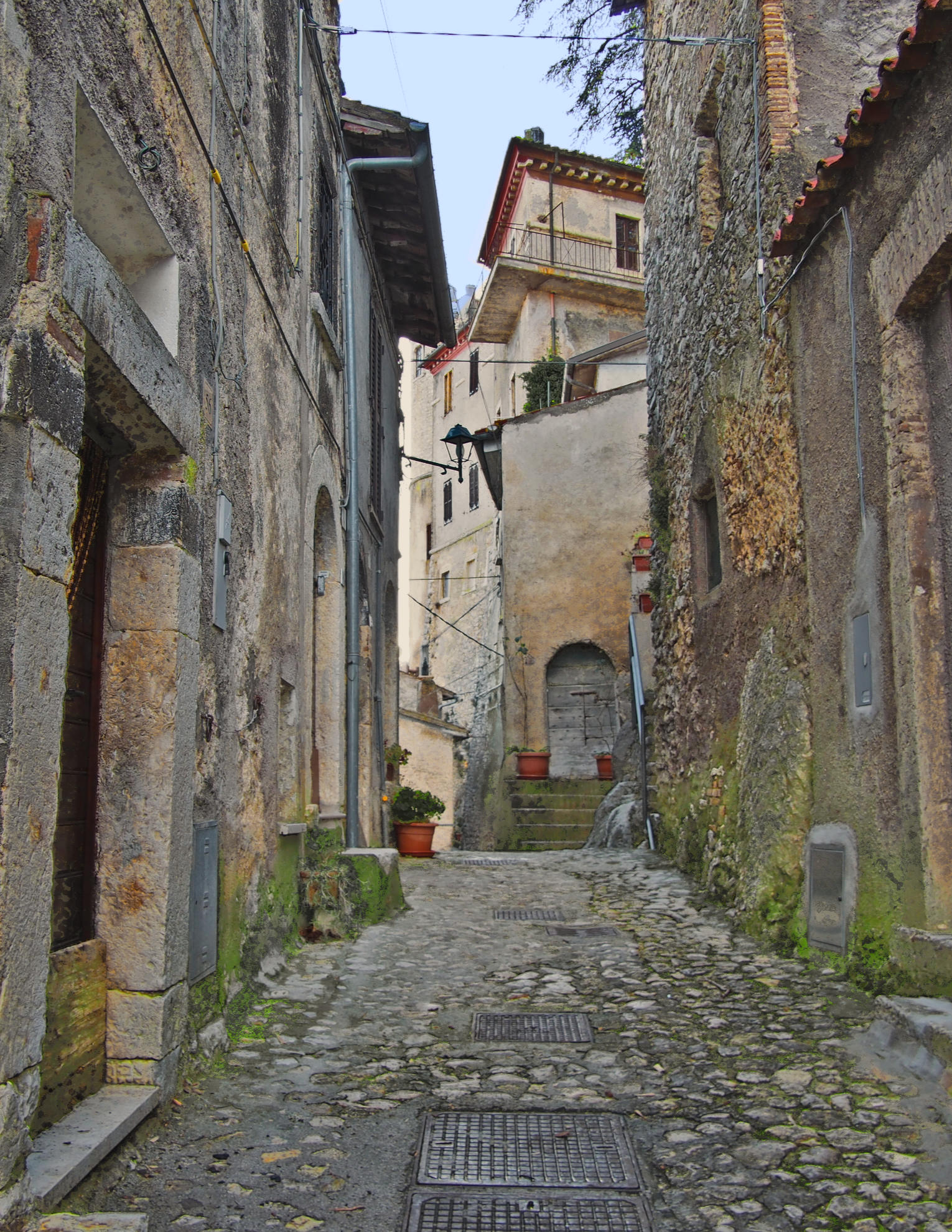
Ph. Roberta Venditti
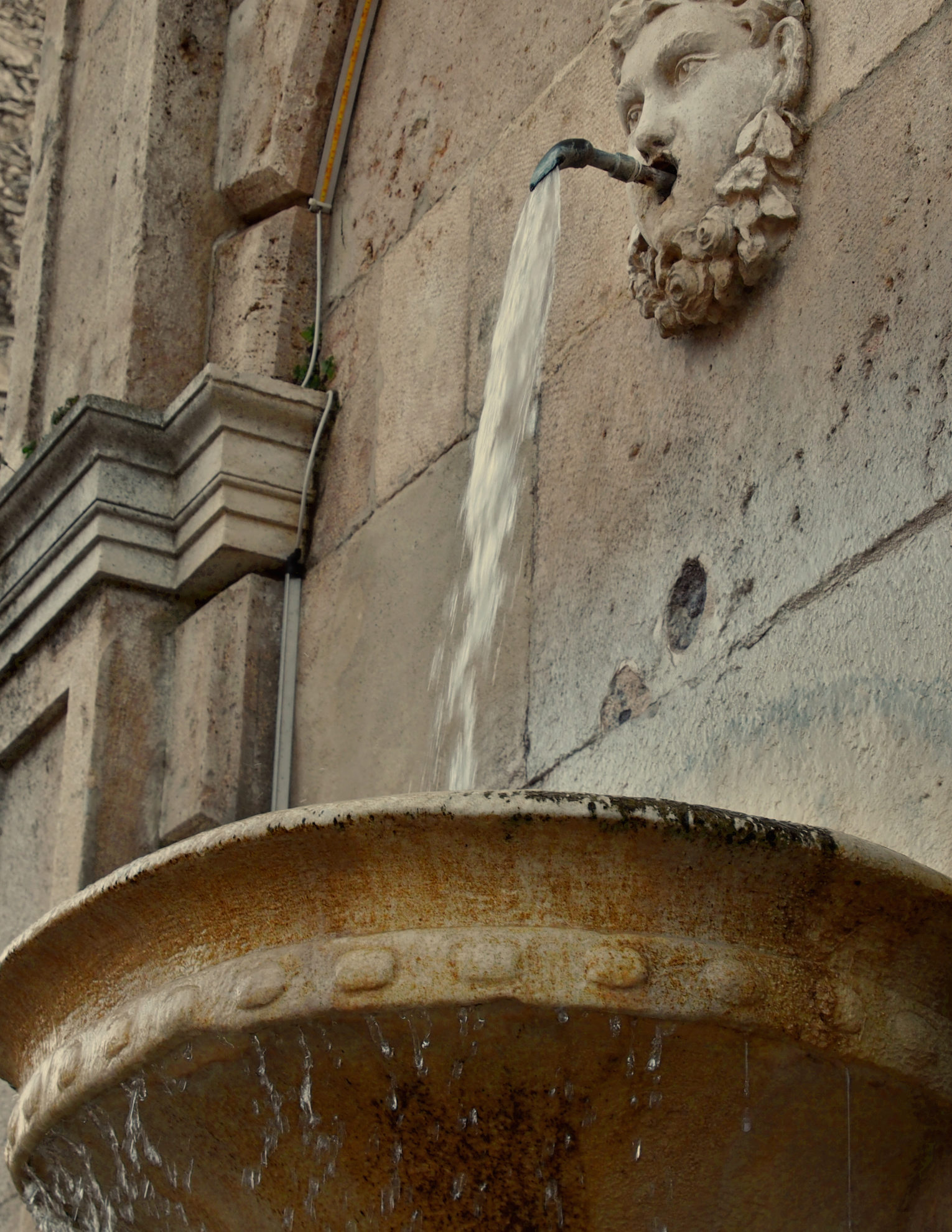
It is said that once the village of Orvinio was the scene of a bitter battle between the Saracens and the army of Charlemagne, who supposedly gave the nickname of dead dog to one of his valiant commanders who fell on the field, as a sign of honour and gratitude. But one can also believe another version of this legend, namely that the dead dogs were the Saracen soldiers themselves, who were devastatingly defeated in battle by the men of the former King of the Franks.
But over time, myths are enriched with new stories. And so Dead dog could also be the cry of liberation sung in the streets by the inhabitants of Orvinio when the cruel squire who lived in the village's castle finally died.
Ph. Roberta Venditti
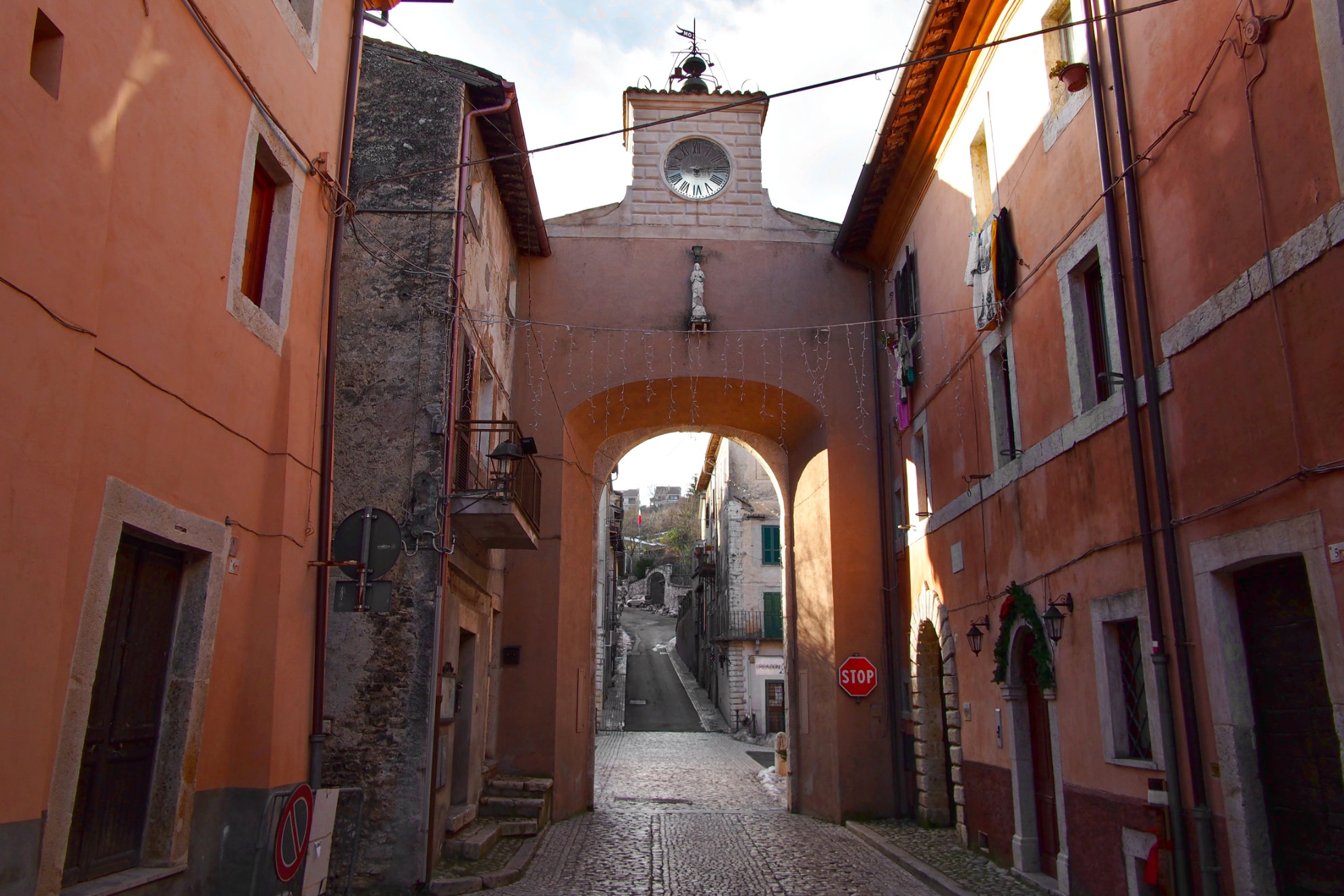
In 1863, Orvinio took back the name it still bears today, deriving from the ancient Italic city of Orvinium, which was razed to the ground in around the year 1000. And today it is a bright village, far from the dark and bloody atmospheres of dead dogs, where you can walk and breathe the mountain air in surroundings of great historical and natural value.

